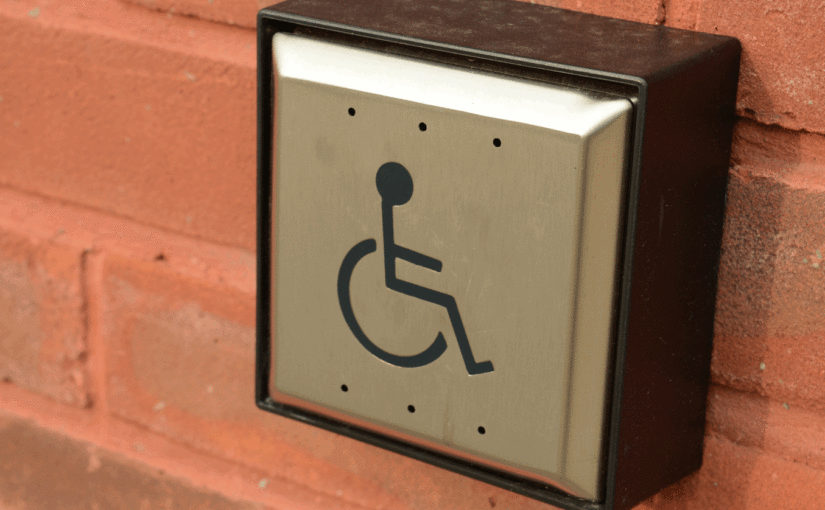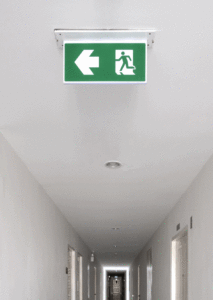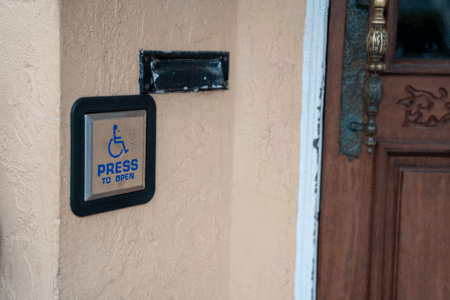Ontario Fire Codes- Doors & Entryways
Here are few of codes like..
Regulation of Fire Safety in Ontario
Owners of residences, apartment buildings and commercial buildings need to be aware of fire code requirements when installing or modifying any doors or locks in their buildings.
A complete hardware installation and maintenance of fire doors and hardware to protect against the spread of fire and smoke.
There are two main principles to be aware of when installing, maintaining or modifying any door, lock or other access device in a building. Together, these principles underlie specific fire code requirements:
- Unrestricted Egress – Any door that is used as an exit from a building or fire separation door must allow egress by an occupant using normal force, without special steps that could restrict egress or cause the occupant confusion.
- Fire and Smoke Protection – Fire doors must be certified and correctly installed to curtail the spread of smoke and fire. Modifications must not impede their intended operation.
Fire Door Requirements
Fire doors must be certified and properly labeled after installation.
Modifications, including the installation of locks or access control mechanisms, must be inspected to ensure they do not compromise the safety, egress and fire containment features of the door and hardware associated with it.
Latching and Locking Free Egress Requirements
Doors providing egress may have security access control systems and locks to prevent entrance to a building, but they cannot in any way prevent easy egress.
Commercial and even residential door frames that allow doors to swing in both directions must provide unhindered egress in both directions. Double cylinder deadbolts or captive keys are not allowed.
Egress door latches and locks must be designed in such a way that a panicked person, including children and persons with disabilities, can exit quickly even in the dark.





